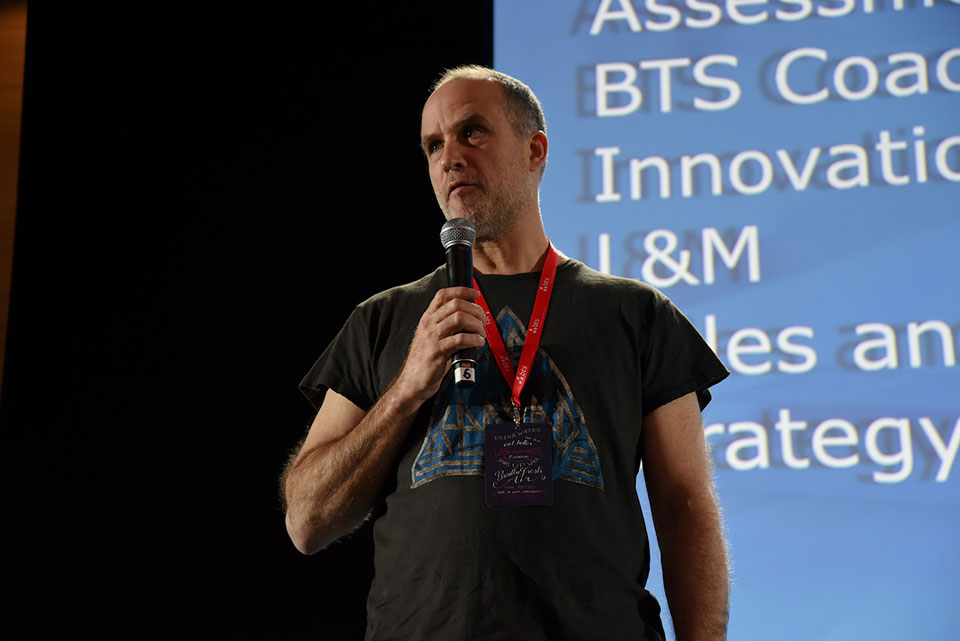Keeping an expensive, inflexible phone system that requires on-site support can slow your business down. Transitioning to a virtual business phone system could be the solution. Virtual PBX systems, or Cloud PBX, offer a modern alternative to traditional phone services. Traditional systems require on-site phone lines, costly hardware, and dedicated office space. In contrast, virtual phone systems for business connect calls using Voice over Internet Protocol (VoIP) technology via the internet. This makes them a more cost-effective and flexible choice for modern businesses.
Let’s explore how you can run your business from anywhere in the world by using modern, low-cost technologies and flexible solutions that boost productivity and connectivity.
Key Features of Virtual PBX
The virtual phone system for businesses provides a wide range of features designed to optimize communication and operational efficiency:
- Call Forwarding and Routing: Automatically route calls to employees, regardless of their physical location.
- Interactive Voice Response (IVR): Automate caller navigation through menus to direct them to the appropriate department or service. Personalize greetings and hold music.
- Voicemail-to-Email: Receive voicemail messages directly in your email inbox.
- Conference Calling: Facilitate group meetings, allowing team members to connect without being in the same room.
- Scalability: Easily add or remove lines and features as your business grows or changes.
- Call Recording: Record calls for quality assurance and training purposes.
- Call Statistics: Access detailed reports on call activities and agent productivity.
- Integrations With Popular CRM Systems: Easily integrate your preferred CRM systems.
- Mobile Access: Allow employees to make and receive calls from their mobile devices using the same business number.
How Does a Virtual PBX Work?
A virtual Business Phone System uses cloud technology and VoIP (Voice over Internet Protocol) to allow businesses to manage their phone systems online. Calls directed to a Virtual PBX are routed through the provider’s servers. These servers manage features such as call forwarding, voicemail, and automated attendants. Users can access the system from any device with an internet connection. This allows them to communicate effectively, whether they are in the office, at home, or on the go.

Why Your Business Needs a Virtual Phone System
Effective communication is crucial for the success of almost any business. Have you ever considered switching to a unified communication platform that allows you to connect from anywhere in the world with just an internet connection?
Here’s how a Virtual Business Phone System can benefit your business:
- Cost-Effective: One of the most significant advantages of a Virtual PBX is cost savings. Traditional phone systems often come with high installation and maintenance costs. In contrast, Virtual business telephone systems typically help reduce monthly costs, as they do not require physical hardware.
- Flexibility and Mobility: With a Virtual PBX, employees can work from anywhere, whether they’re at home, on the road, or in a different country. This flexibility allows businesses to maintain productivity without being tied to a specific location.
- Advanced Features: Virtual business phone systems come equipped with a range of advanced features that can enhance communication with the customers and collaboration within teams.
- Improved Customer Experience: With features like call routing and automated attendants, businesses can provide a more professional and responsive experience for customers.
- Easy Maintenance Updates: Since Virtual PBX systems are managed in the cloud, updates and maintenance are handled by the service provider. This reduces the burden on internal IT resources and ensures that businesses are always using the latest technology.
Can You Keep Your Existing Business Phone Numbers?
Many providers offer number portability, allowing businesses to retain their existing phone numbers. At Zadarma, we offer number portability from 40 countries, ensuring that you can transition to our services without losing your established business contacts.
Additionally, at Zadarma, you can connect up to 20 numbers from other providers without changing your main service provider. This feature allows you to receive calls on our platform while maintaining your current numbers.

Cost of Virtual PBX
Zadarma Virtual Business Phone System service is available at no additional cost. You only pay for virtual numbers, outgoing calls, and any additional features not included in your selected price plan. This transparent pricing structure allows you to customize your communication solution according to your specific business needs. Compare our pricing plans and select the option that best fits your requirements.
What Are The Advantages of Selecting Zadarma?
At Zadarma, we understand that effective communication is vital for business success. Besides basic phone services, we provide various tools designed to improve your business communications. Our all-in-one solution is easy to set up and budget-friendly, making it ideal for businesses of all sizes.
Core Features of Zadarma Services:
- Global Coverage: We provide virtual phone numbers in over 100 countries, helping you expand your reach. You can also make calls to more than 160 countries, keeping you connected with clients and partners around the globe.
- Flexible Pricing Plans: We offer different pricing plans for various regions, so you can choose the most suitable option for your business.
- Out-of-the-Box Setup: Our system is easy to install, allowing you to start using it right away without complicated setups.
- Free Teamsale CRM: Our free CRM includes an autodialler, as well as automated SMS and email campaigns to streamline your communication processes.
- Integration with popular CRM systems: Easy integration with major platforms, such as Zapier, Bitrix24, Zoho, HubSpot, Salesforce, Freshdesk and more.
- Free Website Widgets: Boost your online presence with our Click-to-Call and Callback widgets, which allows customers to reach you quickly from your website.
- Call Tracking: Gain valuable insights into your marketing performance with our static and dynamic call tracking feature.
- Video Conferencing: Facilitate remote meetings and collaboration with our video conferencing tool, ensuring your team stays connected regardless of their location.
- eSIM for Travelling: Stay connected on the go with our eSIM, which allows you to easily use mobile data in 150 countries.
- Our Own App: Use our dedicated app to make and receive calls on Android, iOS, and Windows. We also offer a Webphone and Google Chrome extension for added convenience.
- Call and Voicemail Transcription: Transcribe recorded conversations and voicemails into text for easy reference. Use detailed analytics to search for stop words, competitor mentions, scripts, specific keywords and more.
How to Set Up Virtual PBX for Your Business
- Create Your Account: Start by signing up on zadarma.com and completing your profile information.
- Use the PBX Wizard: Our built-in PBX wizard will assist you with a basic initial configuration.
- Activate Our Free CRM: Improve your communication management by activating our free CRM, or integrate any other CRM system of your choice. You can even manage two CRM systems on a single account.
- Download Our App: Install the Zadarma app or access the Webphone in your account to test our services for free and ensure everything is working smoothly.
- Connect Your Numbers: You can easily connect virtual phone numbers, request the portability of your existing business numbers, or add numbers from another provider.
- Explore Advanced Configuration: For more advanced PBX setup options, refer to our user manual for detailed guidance.
If you have questions or need help, feel free to contact your dedicated 24/7 Support Team.
Effective communication is essential for business success. Switching to a virtual PBX system provides cost savings and increased flexibility, allowing businesses to operate from anywhere. A Virtual PBX includes features that improve customer experience and teamwork. This makes it easy for teams to collaborate from anywhere.
By choosing Zadarma, you get a variety of flexible tools that help your business stay competitive and connected. Start using Virtual PBX technology today to maximize your business’s potential.
Try our free Business Phone System!
Have you read?
Best Fashion Schools In The World.
Best Medical Schools In The World.
Best Business Schools In The World.
World’s Best International High Schools.
Add CEOWORLD magazine to your Google News feed.
Follow CEOWORLD magazine headlines on: Google News, LinkedIn, Twitter, and Facebook.
Copyright 2024 The CEOWORLD magazine. All rights reserved. This material (and any extract from it) must not be copied, redistributed or placed on any website, without CEOWORLD magazine’ prior written consent. For media queries, please contact: info@ceoworld.biz
CEOWORLD magazine – Latest – Tech and Innovation – The Right Business Phone System for Your Team













